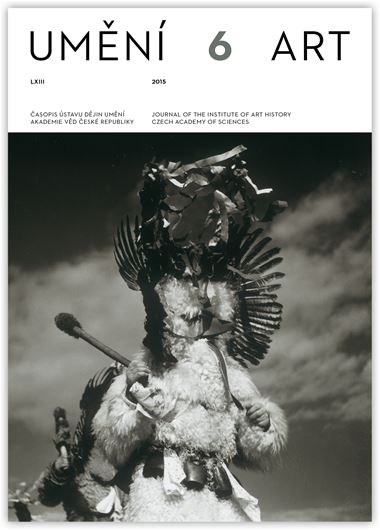Marjeta Ciglenečki
The Kurent: Artistic Interpretations
The kurent (also korant) is the most popular of the traditional carnival masks from the Ptuj area in eastern Slovenia. It is supposed that it originates from antiquity; however, some researchers connect it with Slavic culture and the migration of the Slavs towards Central Europe and the Balkans in the early Middle Ages. The kurent belongs to the huge group of fur-covered masks which are known throughout Europe. Their purpose has always been to drive away the winter and usher in spring. In the surroundings of Ptuj, the tradition of the kurent and other carnival masks is still very much alive today, which is exceedingly rare. The first written sources concerning the kurent and other carnival masks from this area appeared in the middle of the 19th century; related ethnological research intensified from the 1930s on, when the kurent also began to attract the attention of artists. There are many artists who have been unable to resist painting (or producing sculptures, photographs, novels, poems and films) of the kurent. The photographer Stojan Kerbler (born in 1938) is worthy of mention, as is the painter France Mihelič (1907–1998), who stands out as an artist for whom the figure of the carnival mask became a favourite and enduring motif. From Mihelič’s first painting The Dead Kurent (1938) to the drawings he produced in his last years, the image and symbolism of Mihelič’s kurent changed radically. It is significant that some of the most popular of his works influenced the interpretation of the carnival mask in general. The artist’s interpretation of the mask, which is somewhat at odds with the ethnological findings, also had a considerable impact on the organisation of the annual carnival in Ptuj. The oeuvre of the two artists – France Mihelič and Stojan Kerbler – differs greatly; nevertheless, they both devoted themselves to the charm of the old myths which still can be traced in the tradition of the carnival and discovered their own interpretation of the motif through profound, sensitive and regular observation of the events and their own attitude to the relics of the pagan rituals.
Full-text in the Digital Library of the Czech Academy of Sciences:
https://kramerius.lib.cas.cz/uuid/uuid:a25e40d4-b310-44fa-9492-2f06c2a5695d
< back

